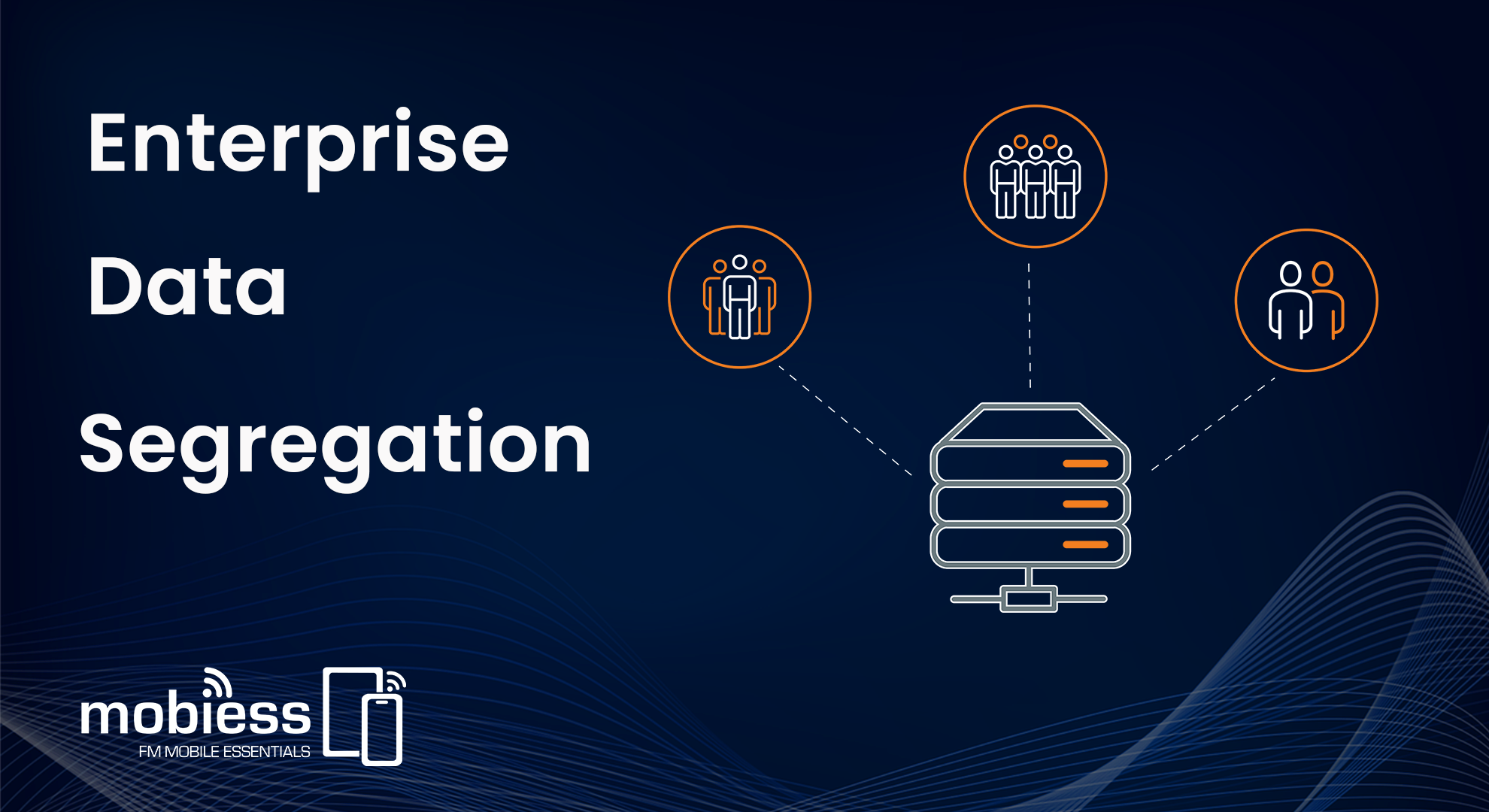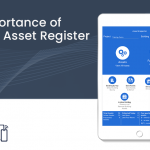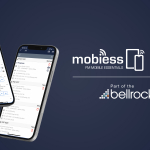Nowadays, information is a valuable asset, and ensuring the security and integrity of your data is paramount. As a software platform, Mobiess plays a crucial role in the management and processing of vast amounts of data, making it imperative to implement robust access control mechanisms.
One effective strategy is segregating users into data groups and roles, a practice that not only improves security but also enhances operational efficiency.
Segregating users into data groups is a fundamental component of enterprise software applications, providing a layered defence against unauthorised access. By categorising users based on their roles, departments, and contractual or commercial obligations, organisations can assign specific permissions only to data relevant to each group. This minimises the risk of data breaches as users are granted access to only the information necessary for their tasks, be that asset collection, inspections or work orders.
The separation of users into data groups streamlines access management and allows for improved operational efficiency. Not only does this save time, but also minimises the risk for human error.
Data segregation fosters collaboration between teams by facilitating controlled information sharing. Different departments or teams can have their own designated data groups, allowing them to work independently while ensuring that sensitive data is not exposed to unauthorised individual.
In the Mobiess platform, this both limits the data on the web, and what is physically downloaded to the device – this approach is vital to minimise the footprint of your data, especially when working with government organisations that require secure environments.
Data groups provide a scalable solution that can adapt to changing organisational requirements structures and evolving access requirements. It allows administrators to easily modify permissions, add new data groups or adjust existing ones to accommodate the organisations dynamic needs and today’s ever-evolving digital landscape.



